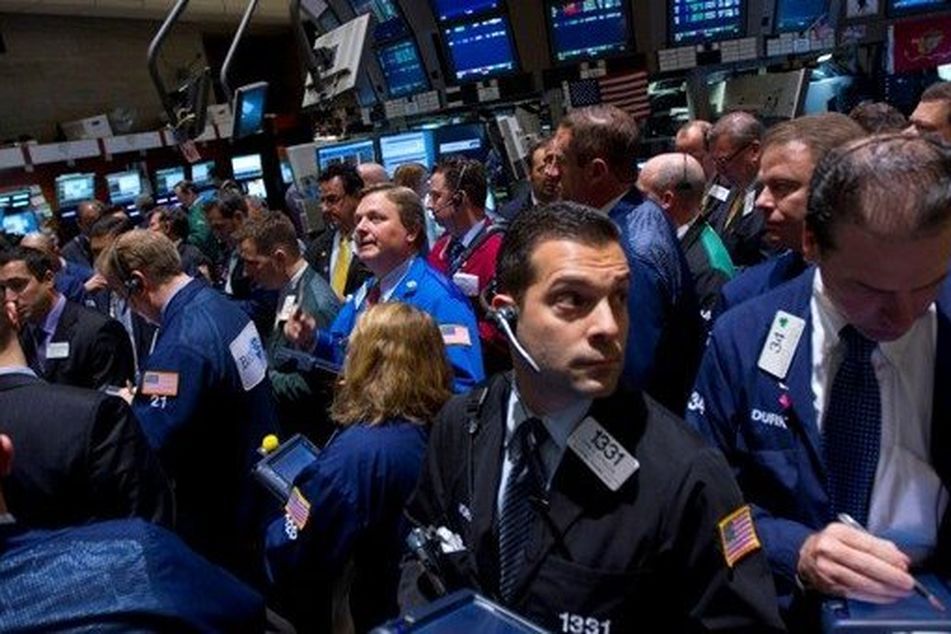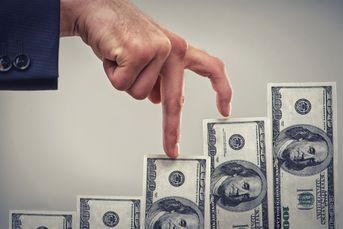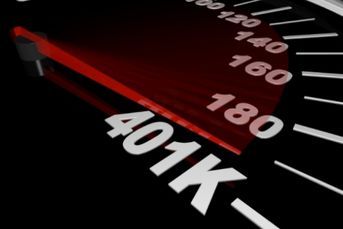Birinyi: Do not sell in May and go away

Despite massive mutual fund outflows -- and conventional wisdom about the markets in the summer -- famed stock picker Lazlo Birinyi says investors are making a mistake if they sell in May and go away.
U.S. stock investors, battered by losses in May for two straight years, have never been so sure that history will repeat itself, a sign to Birinyi Associates Inc. that it’s time to buy.
Equity mutual funds tracked by the Investment Company Institute recorded $16 billion of outflows with less than a week to go last month, on pace for the worst April since at least 1984. More than 34 percent of forecasters surveyed by Investors Intelligence said stocks will fall 10 percent, the highest proportion at this time of year since Bloomberg began tracking the data in 1989. Options that protect against losses in the Standard & Poor’s 500 Index traded at the most expensive level in five years.
The S&P 500’s 1.9 percent slump from a four-year high on April 2 has spurred bears to predict the gauge will mirror retreats of at least 15 percent from April peaks in 2010 and 2011 as economic growth slows. Birinyi, Northern Trust Corp. and Wells Capital Management say increasing investor anxiety is a contrarian sign that will give way to a rally after record profits left shares 10 percent cheaper than a year earlier.
“Don’t get shaken out by the stories about possible corrections, the similarity to previous years,” Laszlo Birinyi, the founder of Westport, Connecticut-based research and money- management firm Birinyi Associates, who was among the first to suggest buying stocks as the market reached its lows in 2009, said in a phone interview yesterday. “They are just nice background music. My attitude has been this market will continue to surprise you on the upside.”
Jobs Report
Birinyi said the S&P 500 will reach 1,500 in 2012, up 7.8 percent from its level now. The benchmark index fell 0.8 percent yesterday to 1,391.57 after disappointing service industries data overshadowed optimism over a bigger-than-forecast drop in jobless claims.
The S&P 500’s decline from April highs during the past two years is consistent with a historical pattern of lower returns, first noted by the Stock Trader’s Almanac in 1986, that spawned the Wall Street axiom to “sell in May and go away.”
The S&P 500 has posted its worst six-month return starting in May, with an average gain of 1.1 percent since 1950, according to Jeffrey Hirsch, editor-in-chief of the Almanac, which his father Yale Hirsch created in 1966. That compares with a 7 percent increase on average from November to April.
S&P’s downgrade of Spain’s credit rating on April 26, signs that the U.S. economic recovery is losing momentum and plans by the Federal Reserve to pare monetary stimulus next month have fueled speculation that the rally in stocks will be derailed by the same concerns that sparked last year’s retreat.
Last Year’s Drop
The gauge sank 19 percent from April 29 through Oct. 3, 2011, as the Fed ended its second round of bond purchases and Moody’s Investors Service cut its credit ratings on Portugal and Ireland to junk levels. The Citigroup U.S. Economic Surprise Index, a gauge of how much reports differ from economists’ estimates in Bloomberg surveys, turned negative for the first time in five months on May 2, 2011.
This year, the index fell below zero on April 25, after six months of positive readings. The Fed’s program to swap $400 billion of short-term securities in its portfolio for longer- term debt is scheduled to end in June.
While the similarities to 2011 and 2010 are “troubling,” the S&P 500 may rally to 1,500 this year because stock valuations are low and central banks outside the U.S. are easing monetary policy to boost economic growth, said Jim Paulsen, the chief investment strategist at Wells Capital Management.
Valuations
The S&P 500 is valued at 14.1 times reported earnings, lower than the multiples of 15.6 and 17.7 at April peaks in 2011 and 2010, respectively, according to data compiled by Bloomberg. The gauge has traded at an average price-earnings ratio of 16.4 since 1954, the data show.
Combined earnings at S&P 500 companies will climb to a record $105.28 a share this year, compared with $98.57 a share during the past 12 months, according to analysts’ projections compiled by Bloomberg.
While central banks in China and Brazil were tightening monetary policy to curb inflation last year, the two biggest developing nations are now taking steps to stimulate growth.
The People’s Bank of China cut lenders’ reserve requirements by one percentage point from a record high of 21.5 percent in December, while Brazil’s central bank has reduced its benchmark interest rate by 3.5 percentage points since August to 9 percent. S&P 500 companies get about 47 percent of their revenue overseas, according to data compiled by Howard Silverblatt, a New York-based senior index analyst at S&P.
‘Markedly Different’
“Conditions today are markedly different than where they were and those conditions suggest a much more favorable outcome,” Paulsen, who helps oversee about $333 billion from Minneapolis, said in a phone interview yesterday. “With all those people on the sideline waiting for a correction, if it doesn’t materialize, you could see them re-upping their commitment to the stock market, making the upside even more.”
Profits at U.S. companies are poised to stall or decline after they rebounded from the last recession faster than the average recovery since the 1950s, according to John Higgins, the senior markets economist at Capital Economics Ltd. in London. Price-earnings ratios are unlikely to rise further as Europe’s debt crisis and anticipation of less stimulus by the Fed deters buyers, Higgins said.
“Valuations could now be stretched,” Higgins, who estimates the S&P 500 may end the year at about 1,350, said in a phone interview yesterday. “The best news for the stock market is in the rear view mirror.”
Economic Disappointments
Economic data will probably keep disappointing investors after mild temperatures “inflated” jobs and retail sales data, according to Hirsch, who’s based in South Nyack, New York. The January-to-March period was the warmest first quarter in records going back to 1895, according to the National Oceanic and Atmospheric Administration.
Economists predict a Labor Department report today may show U.S. non-farm payrolls climbed by 160,000 workers after a 120,000 gain in March, according to the median of 85 forecasts in a Bloomberg News survey.
“The market appears to be in a topping pattern” that may lead to losses of 5 percent to 10 percent, Hirsch said in a May 2 phone interview.
Outflows from mutual funds, the growing number of forecasts for a market retreat and the rising cost to protect against losses show that many bears have already sold equities or bet on declines, according to James McDonald, chief investment strategist at Northern Trust in Chicago.
Fund Outflows
The $16 billion of net redemptions from U.S. equity mutual funds in the four weeks ended April 25 followed $161.8 billion of outflows during the previous 12 months, data compiled by Washington-based ICI show. The proportion of financial newsletter writers surveyed by New Rochelle, New York-based Investors Intelligence calling for a so-called correction in stocks rose to a 10-month high of 36.6 percent this week.
Options (SPX) that pay should the S&P drop 10 percent in the next six months cost 1.60 times more than calls betting on a 10 percent gain, according to data compiled by Bloomberg. The relationship known as skew reached 1.64 on April 27 and March 13, the highest since May 2007.
“All these negative indicators are actually positive for the market because it means people have already positioned for a tough period,” McDonald, whose firm oversees $716.5 billion, said in a May 2 phone interview. “With economic growth and easy central bank policy continuing, we think it’s not a May you should sell.”
–Bloomberg News–
Learn more about reprints and licensing for this article.






